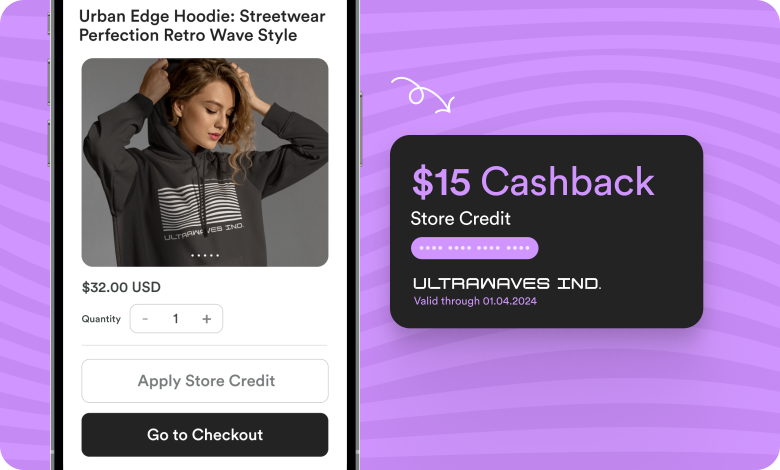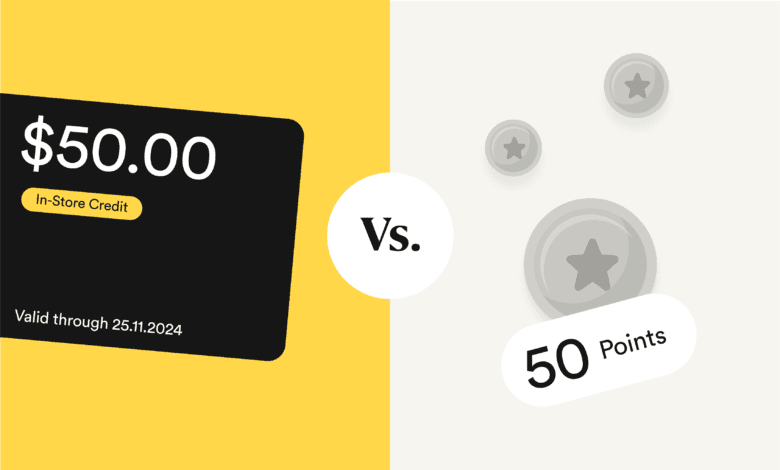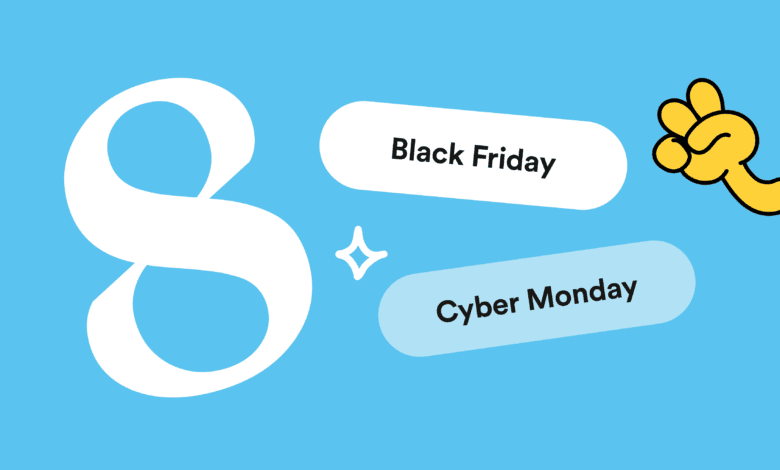Welcome to the age of corporate responsibility, and it’s not even the dawning of the age. The sun is high in the sky. It used to be that being a socially conscious company was a novelty, something that won you brownie points. Now social responsibility has become ubiquitous, and if you don’t show some signs of it, then you may have to sit on the sidelines and watch your business lag behind the others.
91% of millenials would switch brands to one associated with a cause.
And it’s not just the millenials; 85% of the general American public would do the same!
The question shouldn’t be “DO you give?” but rather “HOW do you give?” – because therein lies the differentiator for your potential customers.
Let’s take a look at the ways you should (and should not) structure and showcase your company’s giving and becoming more social responsibility.
Then we’ll move on to practical ways you can utilize and market your products and gift cards to invite your customers to become your enthusiastic, loyal partners in giving.
Be Concrete
It’s easy to say that your business is social responsibility.
But if potential customers want details about the difference their purchases are making, and the only thing you can divulge is that your “relationships with nonprofits are more like partnerships and go beyond merely writing a check” or that the money donated is “significant” – well, that’s going to raise eyebrows. Suspicious ones.
If your business gives a defined percentage, that’s certainly better.
But the niggling question of “what exactly did 10% of my $40 purchase DO?” still remains, puttering around the back of your customer’s mind.
When your customer knows exactly how her purchase is changing the world, she feels empowered.
Conscious Step’s cause pages make it clear what each customer purchase does.
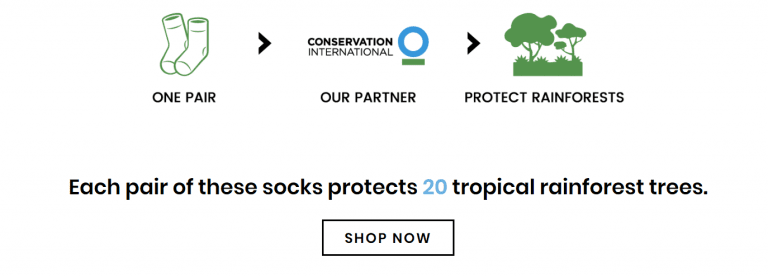
Starting from its in-your-face brand name, This Bar Saves Lives couldn’t get any clearer if it tried.
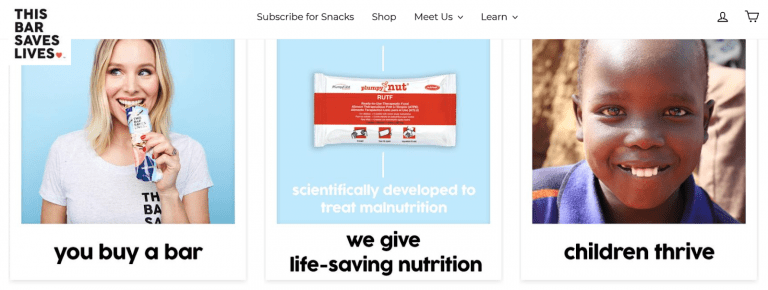
Soapbox even tells you how many bars of soap have been donated to date through matching purchases.
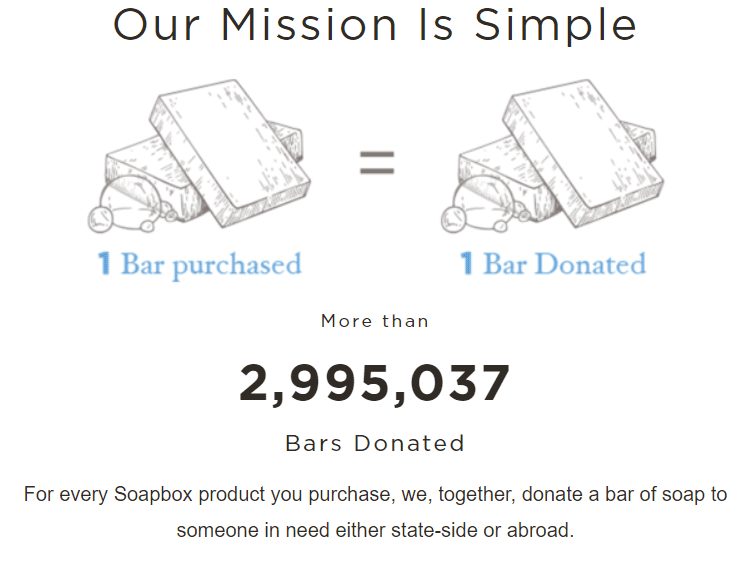
If you’re debating between donating a percentage of purchases and donating products to match customer purchases, the concrete one-to-one equation (or whatever ratio – as long as it’s concrete) should win out.
Be Responsible
TOMS Shoes is known for spawning the Buy-One-Give-One cause marketing trend.
The proposal was clear: for every purchase of a pair of shoes, TOMS would donate a pair to a needy person in a developing country.
In fact, founder Blake Mycoskie’s official title is the “ Chief Shoe Giver”.
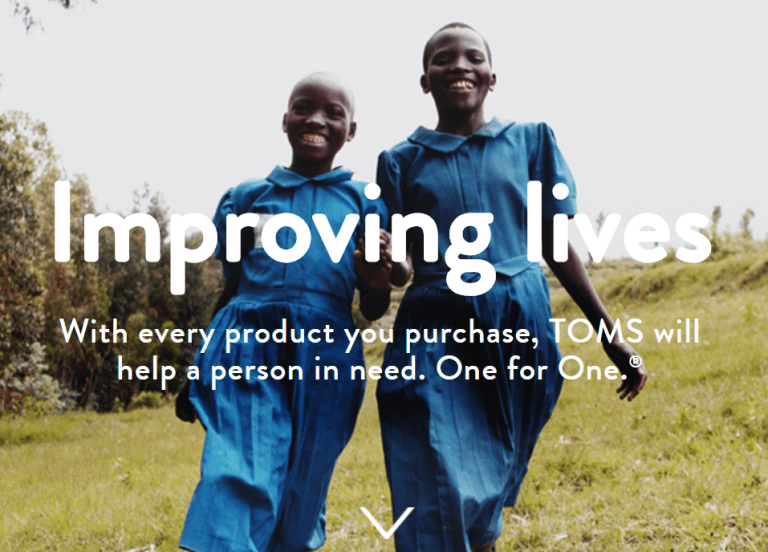
While donating 10 million(!) pairs of shoes would seem to be an act beyond reproach, TOMS came under criticism several years ago for unintentionally doing a disservice to the societies it was trying to help.
Donations of material goods might cover over the symptoms of poverty while not actually addressing the root causes, might get local residents conditioned to living off Western donations – and it might even harm the local economy by displacing local manufacturers of those goods.
In the years that followed, TOMS realigned their social responsibility to be more responsible:
- Instead of just donating shoes, they helped open a shoe manufacturing plant in Haiti.
- They committed to produce a significant percentage of shoes for donation within the needy countries themselves.
- They started to sell coffee – with the buy-one-give-one offer being “buy a cup (or a bag) of coffee – give a day (or a week) of clean water to a person in a developing country.”
- They partnered with local organizations to drive the changes in ways that benefit the community the most.
A fantastic example of thought-out donation is Italian watch and eyewear manufacturer WeWood.
They don’t pledge to donate a watch for each watch purchased.
Instead, they pledge to plant a tree.
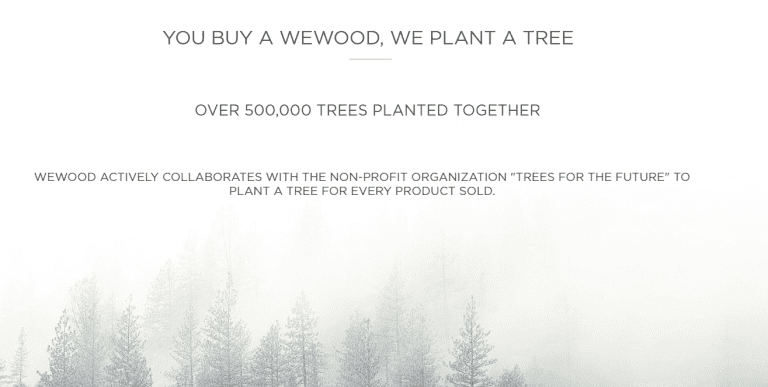
WeWood gets everything right:
- The impact of your purchase is clear and concrete (one product = one tree).
- There is a connection to the purchase (WeWood’s watches and eyewear are all made from wood and wood by-products.)
- The effort is clearly a socially responsible and beneficial one (it’s hard to go wrong by adding trees to the world, and just in case, an experienced non-profit is handling the decision making as to where and how the trees will be planted.)
Be Inspiring
There’s nothing that will inspire your customers more than the story of how you yourself were inspired to make a difference and have more social responsibility.
We talked to Nathan Coleman, CEO of The Elephant Pants, a clothing brand founded with the goal of raising money to protect wild elephants.
His journey started as a tourist in Southeast Asia.
“We visited the city of Chiang Mai, Thailand, for a very specific purpose: to see some elephants.” said Nathan.
“The place that we went was pretty much the opposite of a ‘sanctuary’.
This was a prison where torture and abuse were the daily activities.
The poor elephants were forced to chauffeur multiple people at a time on their back with the help of a sharp wooden seat stand that would dig into their skin.
When they weren’t being exploited as a circus ride for tourists, they were chained to trees and beaten or prodded everytime they tried to move.
Their ‘caretakers’ actually seemed to enjoy taking advantage of these innocent animals.”
That experience changed Nathan forever.
“I immediately started doing research to see if this place was common or just a one-off hell hole.
Sadly, it was easy to find that this was a normal way of life for most Asian Elephants.
I left Thailand in a state of depression and disappointment that we have allowed this to happen.
But I was also left with a renewed sense of purpose to find a way to help these majestic creatures.”
Nathan wasn’t content with making a donation on his own; he wanted to motivate other people to support the efforts to protect elephants.
He knew it wouldn’t be simple; many animal protection organizations, he knew, used sad, horrifying images of animal mistreatment in order to evoke emotion, but Nathan shied away from that tactic.
So he launched The Elephant Pants.
“We wanted to lead with positive messaging: to highlight how awesome elephants are, and then offer an easy way to help them.
This is where the pants came in; the price included a donation for every one purchased, reducing the amount of effort the consumer would have to put in to support something they care about.”
The Elephant Pants sourced pants that were colorful, fun, and unbelievably comfortable.
They are produced in Chiang Mai Thailand, by people who see the struggle of the elephants on a regular basis.
Nathan is thrilled with the number of people they’ve managed to touch through The Elephant Pants.
“Once you overcome that initial barrier, the future giving and participation in the conversation becomes much more likely and in our case, that hopefully means saving more elephants!”
Don’t keep the story of how you were inspired to yourself! Write it on your site. Share it with your customers. Tell it to the world.
Inspiration is contagious.

Be Creative and Broadminded
If you want to be more social responsibility and define the impact for your customers, you’re not restricted to product donations.
Gift cards can be felt just as concretely.
American Eagle Outfitters, for example, donates a limited number of $25 gift cards annually to help support the success of events run by high schools and colleges.
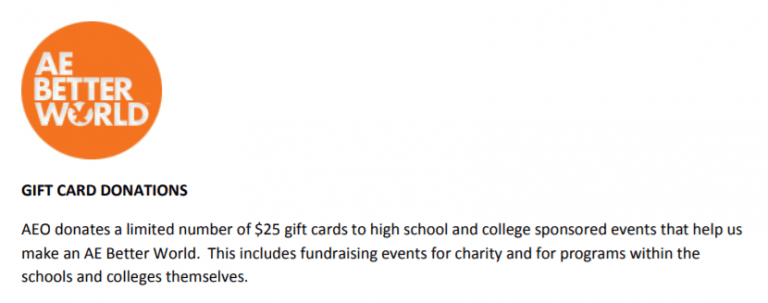
American Eagle’s gift card donations are independent of customer purchases, but you could get even more customer engagement by linking them.
What if for every gift card purchased on your site, you pledged to give a gift card of a certain value to a nonprofit?
Imagine knowing that when you bought a $100 gift card for a home furnishings and linens company, they donated a $50 gift card to a homeless shelter.
Wouldn’t the thought of the homeless shelter’s ability to purchase needed sheets and blankets motivate you to buy the gift card from that store?
Your business can even give options of multiple relevant nonprofits, and let your customer choose to which one to send the gift card donation.
The more involvement the customer has, the more she will connect to the giving experience, and the more positively she will relate to your store.
Empower Your Customers to Become Givers
If you really want to develop a reputation as a social responsibility company, you can create a separate pages on your site for purchasing donation gift cards.
That way you easily enable people to give – and give the gift of giving.
The success of philanthropy gift cards is seen by TisBest, a nonprofit which has generated $13 million worth of donations to charities.
The idea is simple: instead of gifting your loved one a $50 (or whatever amount) gift card to purchase more material goods, you gift them the opportunity to give $50 to whatever registered charity they choose.

Giving Gives Back
When your business empowers your customers to give, to bestow good and to create real, concrete change in the world, it creates a deep emotional satisfaction for your customer.
This satisfaction leads to customers that return time and again.
Your loyal customers support your store – and the virtuous cycle of giving and growth turns round and round again.

